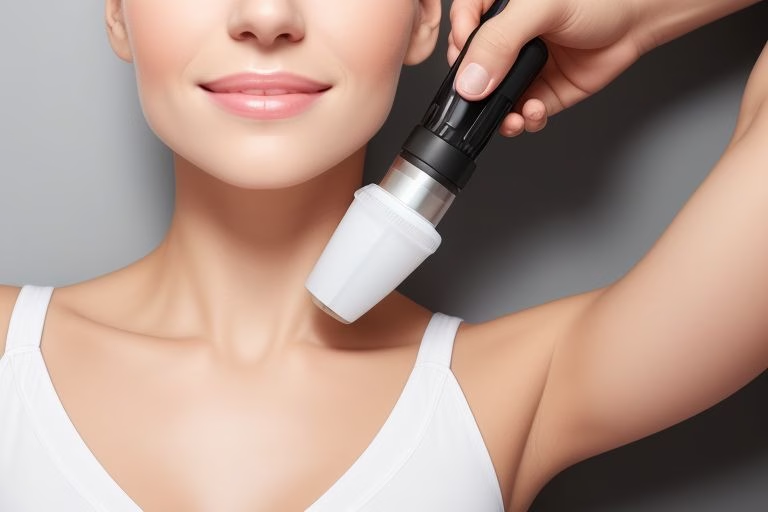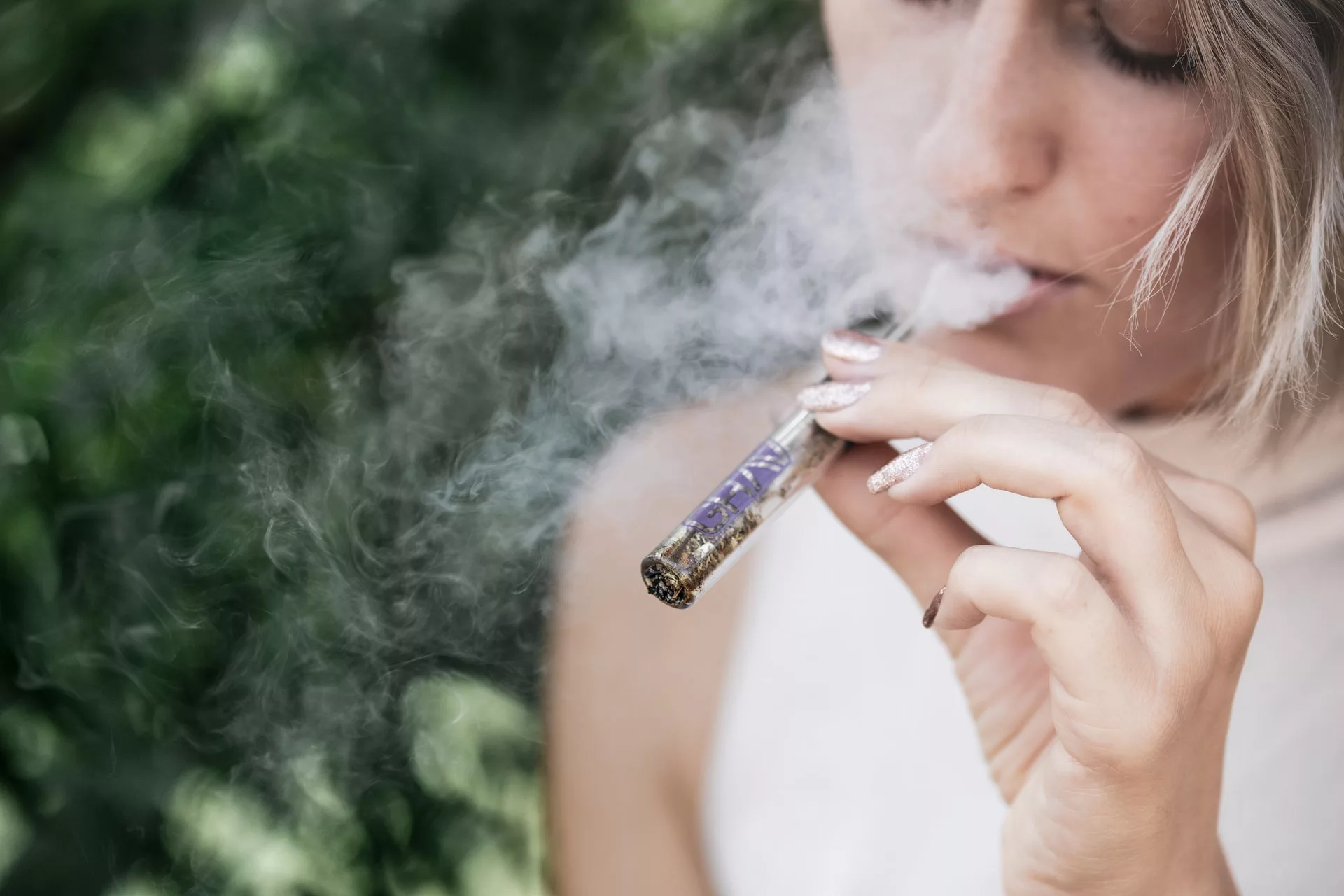
Acne scars can affect more than just your skin—they can impact your confidence and overall quality of life. Fortunately, advances in laser technology now offer a powerful solution to reduce the appearance of these scars. In this comprehensive guide, we’ll explore everything you need to know about acne scar laser treatment: how it works, the types of lasers available, benefits, risks, cost considerations, and tips for choosing the right provider. Read on to discover how laser treatments can help transform your skin and boost your self-esteem.

Understanding Acne Scars
Acne scars are the result of inflammatory acne lesions that damage the skin’s structure during the healing process. They come in various forms:
- Atrophic Scars: These are indented or pitted scars, including ice pick, boxcar, and rolling scars.
- Hypertrophic Scars: Raised scars caused by excess collagen production during healing.
- Keloid Scars: Similar to hypertrophic scars but extend beyond the original wound borders.
Each scar type forms due to varying degrees of skin damage and inflammatory response. For example, deep cystic acne may lead to atrophic scars with noticeable depressions, while overly aggressive healing can create raised scars. Understanding your scar type is critical for selecting the most effective treatment method.
What is Acne Scar Laser Treatment?
Acne scar laser treatment is a non-invasive procedure that uses focused beams of light to target scarred skin. The laser energy works in two primary ways:
- Resurfacing the Skin: Ablative lasers remove the damaged outer layers of skin to reveal a smoother, less scarred surface.
- Stimulating Collagen Production: Non-ablative and fractional lasers heat deeper skin layers, triggering collagen production. This natural healing response helps to fill in indented scars over time.
By combining these mechanisms, laser treatments can significantly improve skin texture, tone, and overall appearance without the need for surgery.
(healthline.com;verywellhealth.com)
How Does Laser Treatment Work?
Laser treatment relies on the principle of photothermolysis, which involves using specific wavelengths of light to target particular skin components. Here’s how it works:
- Ablative Lasers: These lasers, such as carbon dioxide (CO₂) and erbium-doped yttrium aluminum garnet (Er:YAG), remove the entire top layer (epidermis) of the skin. This is ideal for deeper acne scars as it creates a controlled wound that prompts the regeneration of new skin cells and collagen. However, ablative treatments typically involve more downtime and a higher risk of side effects.
- Non-Ablative Lasers: Instead of removing the top layer, non-ablative lasers (like the Fraxel laser series) heat the underlying skin tissue without damaging the epidermis. This stimulates collagen production while keeping downtime to a minimum.
- Fractional Lasers: These lasers work by creating microscopic treatment zones (or “columns”) that target only a fraction of the skin’s surface at a time. The untreated portions help accelerate healing. Fractional laser resurfacing can be both ablative and non-ablative, offering a balance between effectiveness and recovery time.
(instyle.com;en.wikipedia.org)
Types of Laser Treatments for Acne Scars
1. Ablative Laser Resurfacing
- CO₂ Laser: Considered the gold standard for severe acne scars, CO₂ lasers vaporize the upper skin layers, prompting significant collagen remodeling. While results can be dramatic, expect a recovery period that may include redness, swelling, and peeling for up to two weeks.
- Er:YAG Laser: Similar to CO₂ lasers but with a slightly milder effect, Er:YAG lasers provide effective resurfacing with less downtime. They are well-suited for moderate scarring.
2. Non-Ablative Laser Resurfacing
- Fraxel Lasers (e.g., Fraxel Restore): These lasers use fractional technology to deliver energy deep into the skin without removing the epidermis. They are ideal for patients seeking improvement with minimal downtime.
- Clear + Brilliant: A gentler non-ablative option that improves skin tone and texture over multiple sessions. It’s especially popular for patients with mild to moderate acne scars.
3. Fractional Laser Treatments
Fractional lasers divide the treatment area into thousands of microscopic zones, leaving islands of untouched skin that speed up recovery. Both ablative and non-ablative fractional lasers are available, with non-ablative versions being favored for patients who cannot afford lengthy downtime.
(drpatellaser.com;instyle.com)
Benefits of Laser Treatment for Acne Scars
Laser treatments offer several benefits for those struggling with acne scarring:
- Improved Skin Texture and Tone: By stimulating collagen production, lasers help smooth out pitted scars and even out discoloration.
- Minimal Invasiveness: Unlike surgical procedures, laser treatments are non-invasive and typically require only local anesthesia or topical numbing.
- Customizable Treatments: Laser settings can be adjusted based on your skin type, scar severity, and desired results.
- Reduced Downtime: Especially with non-ablative and fractional lasers, most patients experience minimal recovery time.
- Long-Lasting Results: With proper post-treatment care, the improvements in skin appearance can be maintained for years.
- Dual Action: Some laser treatments can both treat existing scars and prevent the formation of new ones by promoting healthier skin regeneration.
(verywellhealth.com;denverfacialplastics.com)
The Laser Treatment Procedure: What to Expect
Pre-Treatment Preparation
Before undergoing acne scar laser treatment, proper preparation is key to maximizing results and minimizing risks. Here are some common pre-treatment guidelines:
- Consultation: A board-certified dermatologist or laser specialist will assess your skin type and scar severity to determine the most appropriate treatment plan.
- Medication Review: Disclose any medications or supplements you are taking. You may be advised to stop using retinoids, vitamin E products, or blood thinners at least 2 weeks prior to treatment.
- Sun Protection: Avoid sun exposure and tanning beds for at least 2 weeks before your procedure. A tan or sunburn can increase the risk of complications such as hyperpigmentation.
- Skin Care Regimen: Use gentle cleansers and moisturizers to keep your skin in optimal condition for treatment.
(denverfacialplastics.com;instyle.com)
During the Procedure
The actual laser treatment is typically performed in an outpatient setting and generally takes less than an hour:
- Numbing: A topical anesthetic is applied to the treatment area to minimize discomfort.
- Laser Application: The specialist uses a handheld laser device to deliver focused energy to the scarred areas. You may feel a sensation similar to a rubber band snapping against your skin or a mild heat.
- Customizable Sessions: The number of passes and energy settings can be adjusted during the session based on your skin’s response.
Post-Treatment Care and Recovery
Following the procedure, your skin will need careful care:
- Immediate Aftercare: Your skin may appear red and feel warm, similar to a sunburn. Applying cool compresses and gentle moisturizers can help soothe the area.
- Downtime: Recovery time varies by laser type. Ablative treatments might require up to 10–14 days of recovery, while non-ablative procedures generally have minimal downtime (1–3 days of mild redness).
- Sun Protection: Strict sun avoidance and daily use of high-SPF sunscreen (SPF 30 or higher) are crucial during the healing phase to prevent complications.
- Follow-Up Sessions: Multiple treatments (often 3–6 sessions) may be recommended for optimal results, with sessions typically spaced 3–4 weeks apart.
(instyle.com;stratumclinics.com)
Risks and Side Effects
While acne scar laser treatment is generally safe when performed by an experienced professional, there are potential side effects and risks to be aware of:
- Redness and Swelling: Temporary redness, swelling, or a sunburn-like sensation is common post-treatment.
- Hyperpigmentation or Hypopigmentation: Changes in skin color may occur, especially in individuals with darker skin tones.
- Infection: Though rare, improper post-treatment care can lead to infections.
- Scarring: In some cases, particularly with aggressive treatments, there is a risk of new scar formation.
- Pain and Discomfort: Some patients experience discomfort during and after the procedure, which can usually be managed with over-the-counter pain medications.
It is essential to follow all pre- and post-treatment instructions provided by your dermatologist to minimize these risks.
Cost Considerations
The cost of acne scar laser treatment can vary widely based on several factors:
- Type of Laser: Ablative lasers (e.g., CO₂, Er:YAG) tend to be more expensive than non-ablative or fractional lasers due to their intensity and potential for dramatic results.
- Number of Sessions: Many patients require multiple treatments to achieve the desired outcome. On average, treatments can range from 3 to 6 sessions.
- Geographic Location: Prices can differ depending on the region and the reputation of the clinic.
- Provider Expertise: Highly experienced and board-certified dermatologists may charge higher fees, but their expertise can significantly impact the quality and safety of the treatment.
On average, individual laser sessions can cost anywhere from $200 to $3,000. Since most insurance plans consider laser scar treatments cosmetic, they are generally not covered, so budgeting for multiple sessions is crucial.
(verywellhealth.com;goodrx.com)
How to Choose the Right Provider
Selecting the right provider is one of the most important factors in ensuring a successful acne scar laser treatment. Consider the following tips:
- Board Certification: Ensure that your dermatologist or laser specialist is board-certified and has extensive experience in treating acne scars.
- Before and After Photos: Ask to see previous patient results to gauge the quality of their work.
- Consultation: A thorough consultation should address your concerns, explain the procedure in detail, and outline realistic expectations.
- Technology: Inquire about the type of laser technology used and whether it is the best option for your specific scar type.
- Reviews and Testimonials: Look for reviews and testimonials from previous patients to understand their experiences.
(denverfacialplastics.com;theaustralian.com.au)
Frequently Asked Questions (FAQs)
1. What types of acne scars respond best to laser treatment?
Laser treatment is most effective for atrophic scars (ice pick, boxcar, and rolling scars) as well as for reducing hyperpigmentation. However, hypertrophic scars might require alternative treatments or a combination of therapies.
2. How many sessions will I need?
The number of sessions varies by individual, but most patients see optimal results after 3 to 6 treatments spaced several weeks apart.
3. Is there any downtime after the procedure?
Downtime depends on the laser type:
- Ablative lasers: Typically require 10–14 days of recovery.
- Non-ablative and fractional lasers: Often involve only a few days of mild redness or swelling.
4. Are the results permanent?
While laser treatments can significantly reduce the appearance of acne scars, results can be maintained with proper skincare and sun protection. Some patients might need occasional touch-ups.
5. Can I get laser treatment if I have active acne?
Laser treatment is generally more effective on scarred, inactive acne. Active acne might require prior treatment to avoid exacerbating the condition.verywellhealth.com
Post-Treatment Skincare Tips
Proper skincare after laser treatment is critical to ensure the best possible results and to prevent complications:
- Gentle Cleansing: Use a mild cleanser to avoid irritating your newly treated skin.
- Moisturizing: Keep your skin hydrated with non-comedogenic moisturizers.
- Sun Protection: Apply a broad-spectrum sunscreen with an SPF of 30 or higher every day, even on cloudy days.
- Avoid Harsh Products: Steer clear of exfoliating agents, retinoids, or any products that could irritate the skin until it has fully healed.
- Follow-Up Appointments: Regular check-ups with your dermatologist are essential to monitor progress and address any concerns promptly.
Real Patient Experiences
Many patients share transformative stories after undergoing acne scar laser treatment. For instance, a 33-year-old patient reported that after multiple sessions using non-ablative fractional lasers like Fraxel Clear + Brilliant, her once-deep pitted scars became noticeably smoother, and her overall skin tone improved dramatically. Patient testimonials often emphasize how these treatments not only enhance physical appearance but also boost self-confidence and emotional well-being.(allure.com)
Latest Trends and Innovations in Laser Technology
The field of laser treatment is constantly evolving. Some of the latest innovations include:
- Combination Treatments: Some specialists are now combining laser treatments with other modalities, such as microneedling or chemical peels, to achieve even better results.
- Advanced Fractional Lasers: Newer fractional laser systems offer enhanced precision and reduced downtime, making them ideal for a wider range of skin types.
- Personalized Treatment Plans: The use of digital imaging and skin analysis tools allows dermatologists to tailor treatments to the unique needs of each patient, ensuring maximum efficacy and safety.
- Improved Safety Protocols: Innovations in laser technology have led to improved safety features, reducing the risk of side effects such as hyperpigmentation and scarring.en.wikipedia.org;instyle.com
Acne scar laser treatment is a powerful option for those looking to reduce the appearance of unsightly acne scars and restore confidence in their skin. With a range of laser technologies available—from ablative to non-ablative and fractional—patients can choose a treatment plan that best fits their skin type, scar severity, and lifestyle needs. While the journey to smoother skin requires proper preparation, adherence to aftercare instructions, and sometimes multiple sessions, the results can be truly life-changing.
Remember, the success of your treatment largely depends on the expertise of your provider and your commitment to post-treatment care. If you’re ready to explore laser treatments for your acne scars, consult with a board-certified dermatologist to develop a personalized plan that will help you achieve clearer, healthier, and more radiant skin.
For additional information, expert advice, and the latest updates on acne scar treatments, be sure to check reputable sources and trusted dermatology clinics. Your journey toward renewed skin and boosted self-esteem could be just one consultation away!



